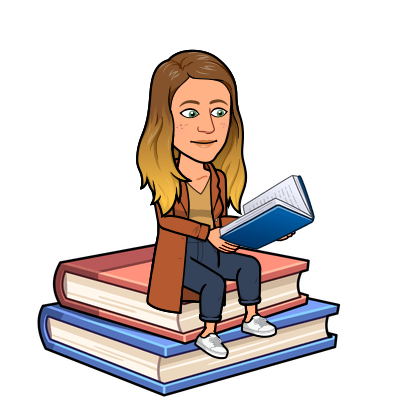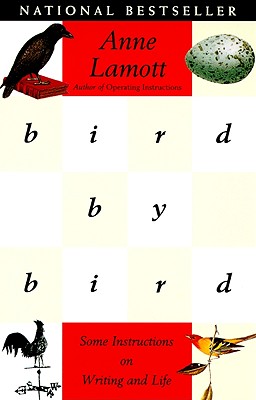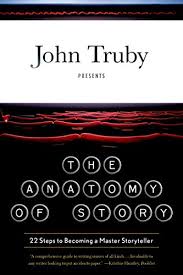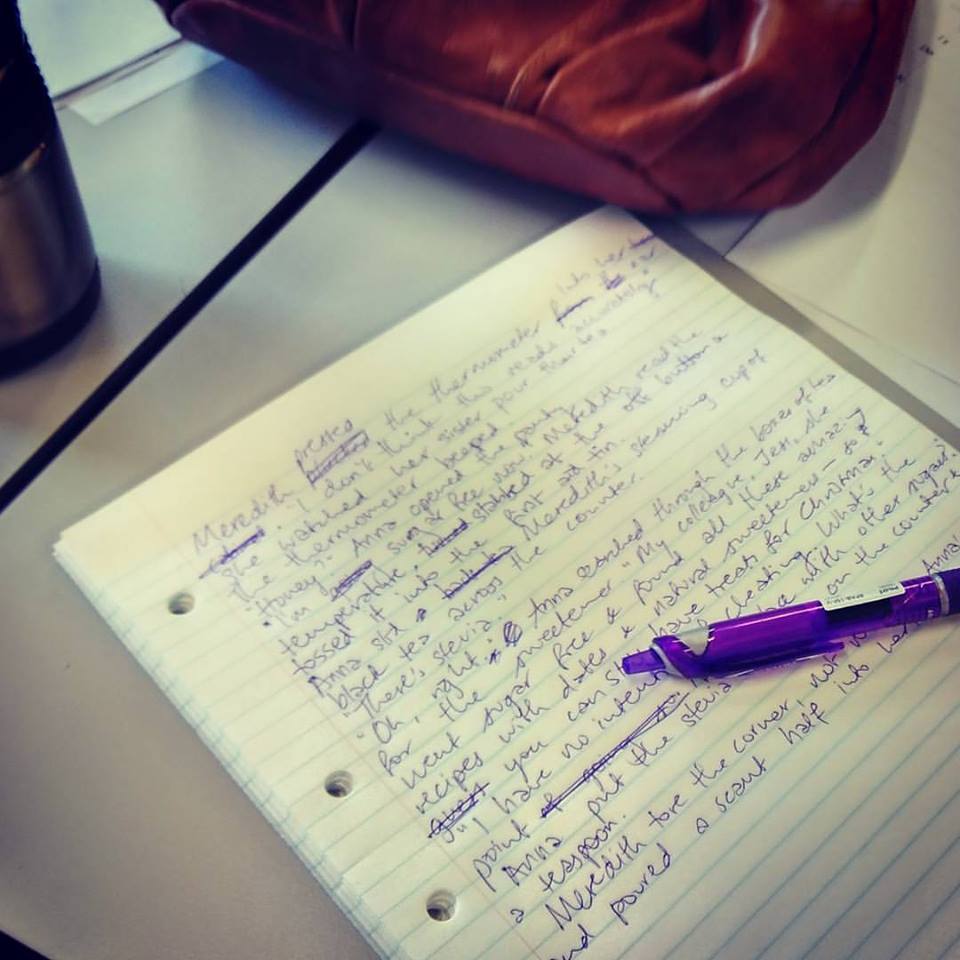Writers Craft

Here are a few of my go-to gurus on writing…

This book will encourage you to put perfectionism aside and to create. Lamott encourages writers to put down word after word, to write lots of bad and better and better work. Packed full of candid stories, this book is a mine field of insights into creative process. I’d go so far as to say that this was a healing read.
Romancing the Beat, by Gwen Hayes
Most of my writing is novels, and most of my novels are romances, so I can’t go past this tiny book about romance novel structure. People often accuse romances of being formulaic (it’s not, but if you need convincing read this) and this is the closest thing you’ll find to the recipe for one hell of a potion! For plotters, start here (well, after Verbalize). For pantsers (those who don’t plan, and rather fly by the seat of their pants) use this post-draft 1 for a kind of structure triage.
“Write while the heat is in you. … The writer who postpones the recording of his thoughts uses an iron which has cooled to burn a hole with.”
—Henry David Thoreau

The Anatomy of Story, by John Truby.
Reading this was an every-other-page-eureka-moment experience. He’s pitching this primarily at screenwriters but it applies to any kind of story and really helped me to get my ideas clear, and to hash out complex characters with complex needs and problems, in a complex world, without it getting just plain confusing.
I ran a workshop on editing and revising, based almost entirely on this book, and created writing exercises which are helpful for self-editing a novel. Click here for the PDF: Editing & Revision Exercises
On Writing, by Stephen King.
This is a great resource and thoroughly enjoyable, but also a butt-kicking read. It begins as a memoir – a series of thirty-something stories from King’s life; each significant to his writer-self. The bulk of the book is about the craft and practice of being a writer of fiction. No mystical secrets, just the good plain advice you may not really want to hear (eg. half-decent grammar is important because without it your reader won’t understand what you’re trying to get across). This book demands of its reader, ‘Are you serious about writing? How serious?’ Makes you think, and write, and read some more – all good, IF you’re serious.
Write Away, by Elizabeth George – this book convinced me to do all the background work – collecting ideas, settings, character notes, research, etc. – and outlining before getting far into writing a novel. George explains her own writing process and offers great tools, as well as motivation to work hard – as all good writing books should! If you’re a planner, or you want to give planning a go, this is definitely a great resource.
Best read cover to cover, but I initially skimmed through and took on the bits most relevant to my current work.
“Nothing will ever be attempted if all possible objections must first be overcome.”
– Samuel Johnson
I would also recommend ‘Real Writing’ by Rachel McAlpine. There’s very little info online about this book and it’s hard to get your hands on, but don’t pass it by in a second-hand bookshop.
Another Planning device – The Snowflake Method: this is a good and thorough method by which to plan a novel right from the word go – starting with a one-sentence summary and working up through in-depth characterisation to plotting out the whole novel, scene-by-scene.
Advice on Plotting. A succinct 10 step guide to character-driven plot.
For an awesome visual book-planning and pacing strategy, my new fave, check out the Plot Embryo idea here.

Nanowrimo! Need motivation, tools, a deadline, and thousands of other writers to cheer you on?
Nanowrimo takes place every November, when writers around the globe take on the challenge: write 50 thousand words of a novel in just 30 days! And the website is stocked full of goodies all year round. You don’t have to wait till November.
Made by me…
Creating Characters – I looked at loads of character profiles and made one of my own, a kind of combination of the best bits of all of them (as far as I’m concerned).
Feel free to use my character profile, in part or whole, and modify as you wish. This does come with a warning: a lot of this can become window-dressing if their key motivators and wound and goals aren’t well developed and tied together.

